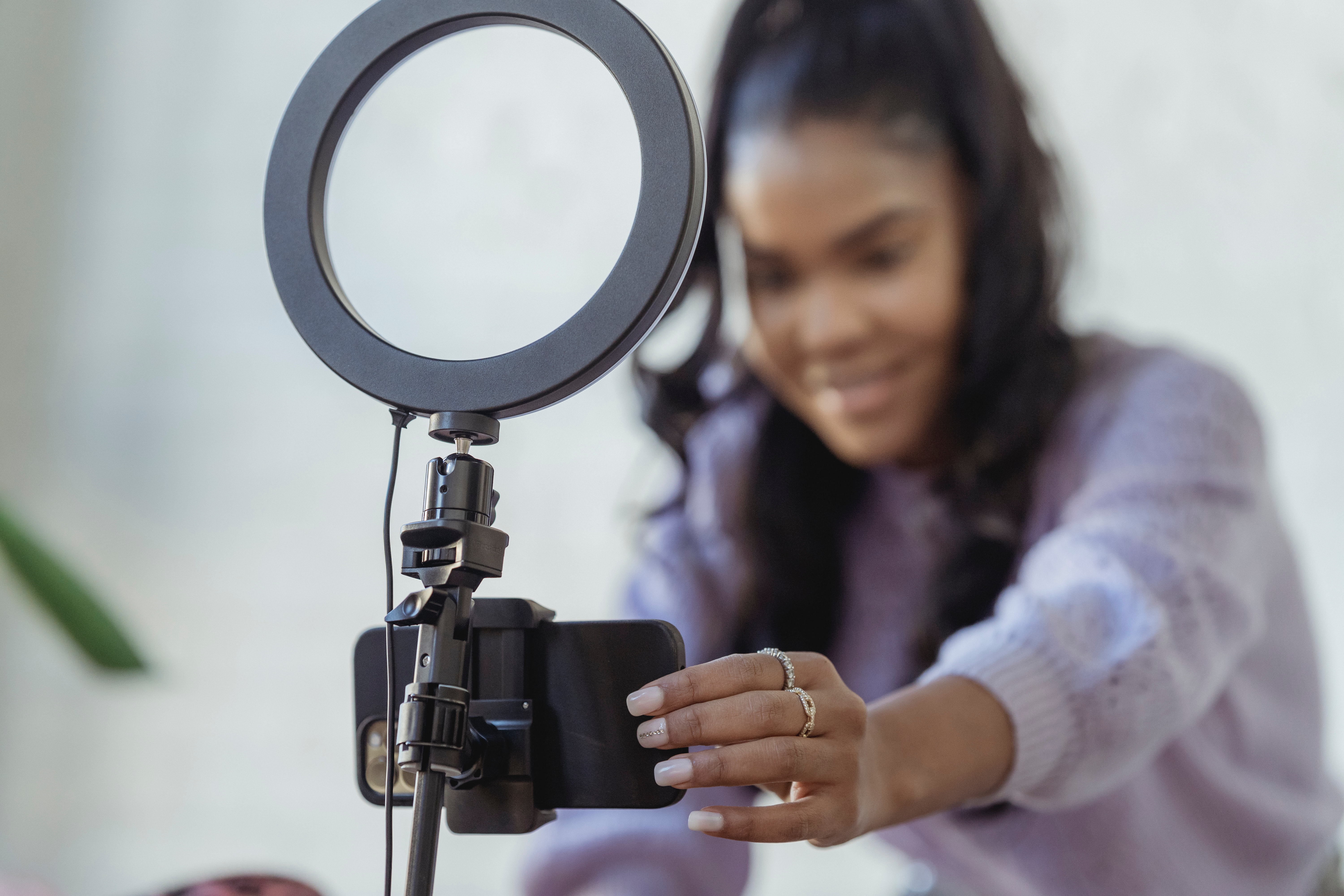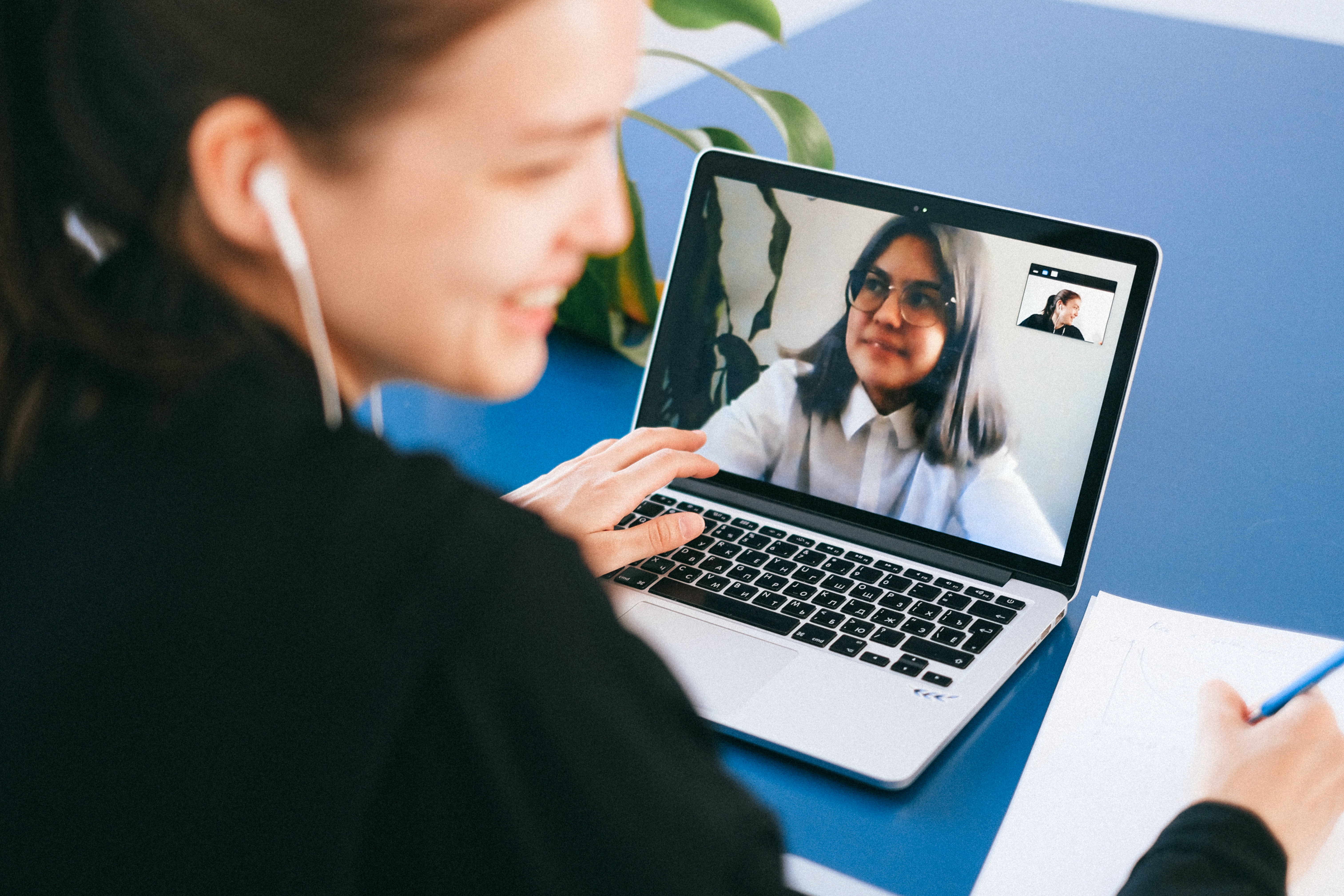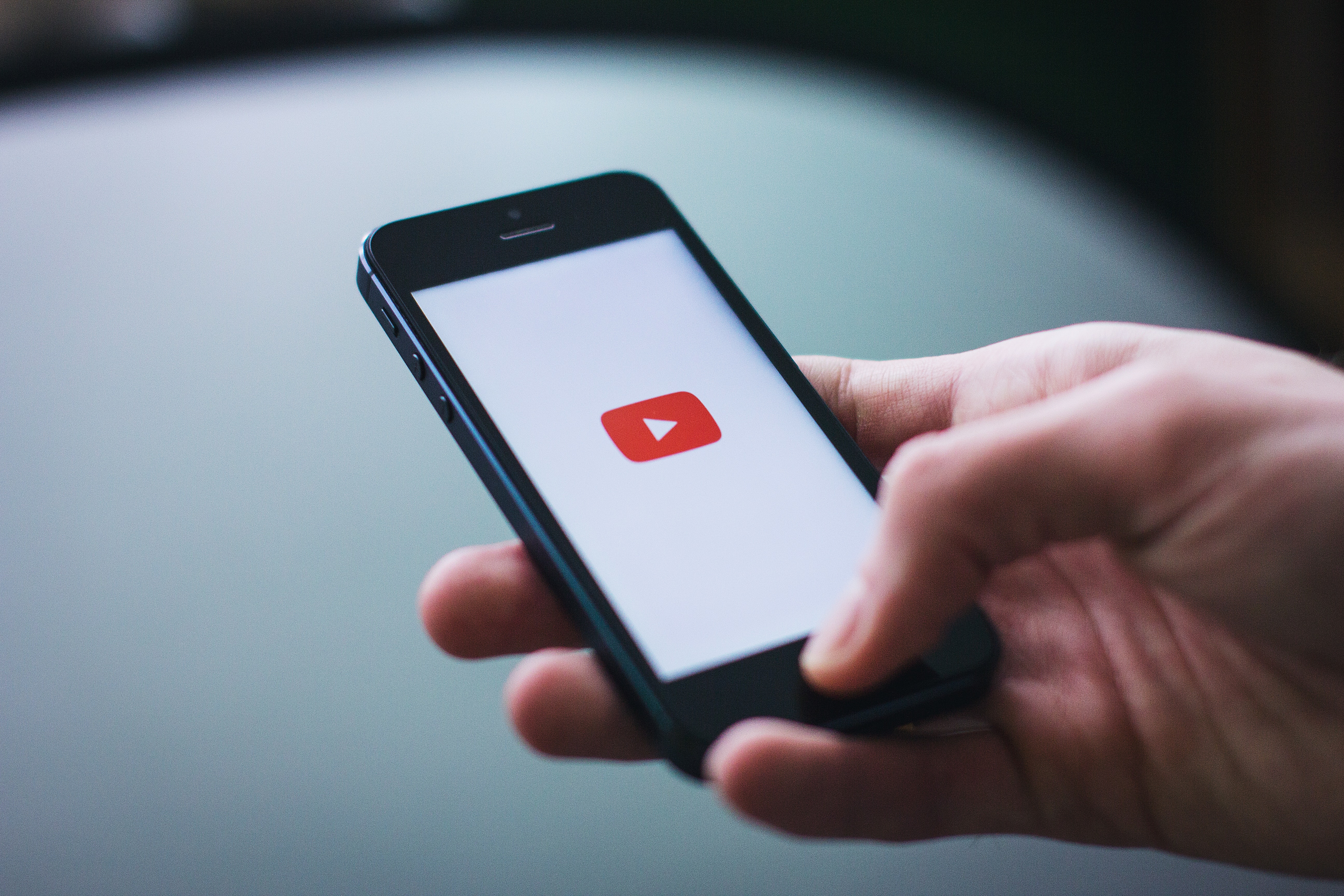The most important factor to the growth of your podcast is shareability.
Shareability encapsulates everything from the quality of your content to its accessibility to the enthusiasm of your listeners to recommend it. When listeners connect with your show, they’re more likely to engage, share, and return - but it’s your job to keep your show top of mind and top of page.
As we know, podcasting is first and foremost an audio-focused industry; however, successful podcasts branch into video, social media, branding, merch, and more to expand their audience, listenership, and base loyalty.
Video in particular opens many doors to new platforms, new shareable links, and therefore, new audiences that can expand from network to network. Here, we outline what types of videos may suit your podcast, where to share them, and the tools LaunchpadOne recommends to get started and get going.
WHAT TO SHARE
Depending on the format of your podcast, there are a number of potential ways to record, produce, and post videos from your show.
In-Person Recording
If you have a dedicated podcast setup in your home, in-person filming can really elevate the caliber of your podcast. With proper lighting, mics, and a camera setup, listeners can see the podcast in the making and the face behind the audio. These types of videos are most likely to be shared and engaged with.
Note: TikTok and Instagram Reels are vertical formats, so while recording horizontally is best practice (especially for YouTube), make sure the camera is placed with enough distance so you can crop accordingly. Alternatively, you could set up a phone to record vertically.
Remote Screen Recording
If the majority of your conversations or interviews with guests take place remotely, you can still produce meaningful videos from your episodes. You’ve already done most of the work: secured a guest, prepared a conversation, jumped on the computer and hit record - all you need is to capture the video portion!

Recommended Tool: Squadcast
Squadcast is a sophisticated remote recording software specifically designed for podcasts, and includes recording, audio editing, and production tools. It records and stores both audio and video, so it’s an excellent one-stop solution for podcasts and vodcasts.
Their basic plan starts at $20/month for 5 hours of recordings/month. Check out a short demo video here.
Static Image Video
If you’re lacking the bandwidth or means to produce remote or in-person videos, you can still distribute your podcast in a simpler, visually-interesting way.
Whether you include your podcast artwork (recommended for brand recognition and continuity), a headshot of the hosts, or a picture of puppies, you can post your full episode audio with a static image and still get new exposure. As we mentioned, YouTube is a major source for listening to and discovering podcasts, regardless of what’s on the screen.
This is also an applicable option for previous podcast episodes that can be repurposed and uploaded to YouTube.
Recommended Tool: Headliner
Headliner is an online tool that can combine your audio with waveform visualizations and a library of images, videos, text, etc. It also has audio transcription capabilities for accessible subtitles and captions. Headliner is particularly valuable for social posts, from feeds to stories to TikToks and Reels, or for static image YouTube videos.
You can use Headliner for free for up to 5 videos/month, or upgrade to $8-$20/month memberships.
WHERE TO SHARE
Once you have your videos produced and ready, there are several primary platforms to upload to to expand the reach and visibility of your podcast.
YouTube
According to Edison Research, YouTube is the third most popular platform for consuming podcasts. 81% of the entire US population use YouTube, so podcasters should meet their users where they already are.
Additionally, YouTube is an excellent resource for content discovery, meaning it recommends videos and content based on what a user has viewed before (most of us have been victim to a “YouTube hole” at one time or another). This can work to your advantage as your videos may end up on the screen of a new and curious viewer.
Here is a helpful video from Pod Sound School on getting your podcast set up and optimized for YouTube.
TikTok
Ultimately, someone may be more likely to listen to 30 seconds of your Great British Baking Show recap than 65 minutes; at least, that 30 seconds can hook them in. Choose the best, funniest, or most insightful moments of your episodes to post to TikTok and generate those highly snackable and shareable clips.
Whether you’re looking to target a new demographic or your existing audience, posting to TikTok hits a largely 16-34 year old audience. Take a look at the demographics of your existing audience and decide whether TikTok is a viable platform for your show.
As with YouTube, TikTok is based on content discovery and shareability, so it may pop up on the app organically based on a user’s interests.
Note that TikTok video dimensions are vertical 16x9.
Instagram Reels
It’s no secret that Instagram’s algorithm is prioritizing and pushing Reels more than any other format on the platform.
Not only will producing Reels provide additional content for your listeners, but because of Instagram’s emphasis on accounts that do use Reels, it’s also a fast track to grow your Instagram following and end up on new discovery pages.
The best part is you can easily double dip by posting your video as both a Reel and a feed post!
CONCLUSION
Video can hugely benefit a podcast’s growth, audience, and shareability. It also has an immeasurable effect: humanizing the hosts. Audiophiles or not, we are inherently visual people, and putting a face to the voice shows us the humans behind the mic and the people behind the stories.
If you have any questions or tips similar to the above, feel free to contact us at contact@launchpadone.com.